
How to Grow Papaya in Pots: Heavy Harvests of Big, Sweet Fruit
Did you know that you can grow papaya trees in pots and still enjoy large, juicy, and wonderfully sweet fruit? With the right techniques and care, even a small balcony or garden corner can yield an impressive papaya harvest. Here’s how to do it step by step.
1. Choosing the Right Papaya Variety
For container growing, the best choice is an F1 hybrid papaya variety. These hybrids are compact, have short internodes, and are bred to produce fruit even in limited space. They also adapt well to different climates and are resistant to common pests and diseases.
If you prefer to grow papaya from seeds, choose a fully ripe fruit from the market. Cut away the top and bottom, scoop out the seeds, and place them in a bowl of water. The viable seeds will sink to the bottom, while the bad ones will float. Discard the floating seeds.
Rinse off the sticky coating around the good seeds and get them ready for sprouting.
2. Sprouting the Seeds
Soak the cleaned seeds in warm water (around 40°C / 104°F) for 5 hours. Spread them evenly on a damp cloth or paper towel and keep them moist for 4–5 days until they begin to germinate. Mist the seeds lightly once or twice a day to maintain humidity.
When the sprouts appear, plant 2–3 seeds per small seedling pot or nursery bag. After about 15–20 days, the seedlings will emerge and start to develop true leaves.
💡 Tip: If you don’t have time to germinate seeds, you can purchase ready-to-plant papaya seedlings from reputable nurseries. Choose plants about 15–20 cm (6–8 inches) tall, with dark green leaves, strong stems, and healthy roots.
A good seedling has:
-
Clustered roots (not long and tangled)
-
Sturdy base thicker than the top stem
-
Slightly tilted growth direction
These are typically female plants, which are more likely to bear large, sweet fruit.
3. Preparing the Soil
Papaya trees need nutrient-rich, well-draining soil. You can use pre-mixed garden soil or make your own blend by combining:
-
50% loamy soil
-
30% compost or well-decomposed organic manure
-
10% rice husk or perlite (for aeration)
-
10% worm castings (for nutrition)
Make sure the pot has drainage holes to prevent waterlogging, as papayas dislike standing water.
4. Transplanting into Pots
Once the seedlings reach about 10–15 cm (4–6 inches) tall and have 4–5 leaf pairs, they’re ready to move into larger containers. Choose a pot with a diameter of 50–60 cm (20–24 inches) and a depth of at least 40 cm.
Carefully remove the seedlings with their soil ball intact to avoid damaging the roots. Place one healthy seedling in the center of the pot, fill with soil, and gently press around the base.
Water thoroughly after transplanting and keep the pot in a sunny, well-ventilated location.
5. Watering and Fertilizing
Papaya plants love sunlight and moisture, but they don’t tolerate soggy soil. Water moderately once a day or every other day depending on the weather.
When the plant reaches 50–60 cm (20–24 inches) in height, reduce nitrogen fertilizers to prevent soft, weak leaves. From then on, focus on phosphorus (P) and potassium (K) fertilizers every 7–10 days to encourage flowering and fruit development.
You can use:
-
Organic compost or vermicompost
-
Banana peel tea (rich in potassium)
-
Diluted fish emulsion or seaweed extract
6. Flowering and Fruiting
After 5–6 months, your papaya plant should begin to flower. At this stage, supplement with extra potassium to support heavy fruiting and sweeter taste. Remove any weak or damaged leaves to help the plant focus energy on fruit production.
If pollination seems low (especially when grown indoors or on balconies), you can gently shake the branches or use a soft brush to transfer pollen from male flowers to female ones.
💡 Pro Tip: Keeping bees or placing the plant near flowering herbs like basil or marigold can naturally attract pollinators, improving fruit yield.
7. Seasonal Planting and Harvest
-
Spring planting (March–April): Harvest around the Lunar New Year (Tết).
-
Autumn planting (September–October): Harvest between July and September of the following year.
Under good care, a potted papaya plant can yield up to 3 harvests per year. Each tree may bear 20–40 fruits, depending on variety and growing conditions.
8. Additional Care Tips
-
Sunlight: Papayas love full sun — give them at least 6–8 hours of light daily.
-
Wind protection: Avoid windy areas, as papaya stems are fragile and can snap easily.
-
Pest control: Watch out for aphids and mealybugs; remove them manually or spray with neem oil.
-
Pruning: After harvesting, trim old or diseased leaves to promote new growth.
9. Enjoying the Fruits of Your Labor
When the papayas start to turn yellow-orange, it’s time to harvest. Cut them with a short stalk attached, then let them ripen naturally indoors for the best sweetness.
Homegrown papayas tend to be richer, juicier, and more fragrant than store-bought ones — plus, growing them yourself saves money and brings immense satisfaction.
Final Thoughts
Growing papaya in pots isn’t just possible — it’s surprisingly easy and rewarding. With a bit of patience, proper care, and the right nutrients, your balcony or garden can become a tropical fruit corner bursting with life.
In just a few months, you’ll be enjoying your own sweet, sun-kissed papayas — proof that even small spaces can produce big harvests when you garden with love and attention. 🌿🥭
News in the same category


Objects That May Be Harming Your Health Without You Noticing

Household Items That Quickly Get Damaged If You Clean Them with Dish Soap

You are doing it all wrong. Here's the right way to eat eggs

My nana taught me this hack to get rid of puffy eyes in 2 mins with 0 work. Here’s how it works
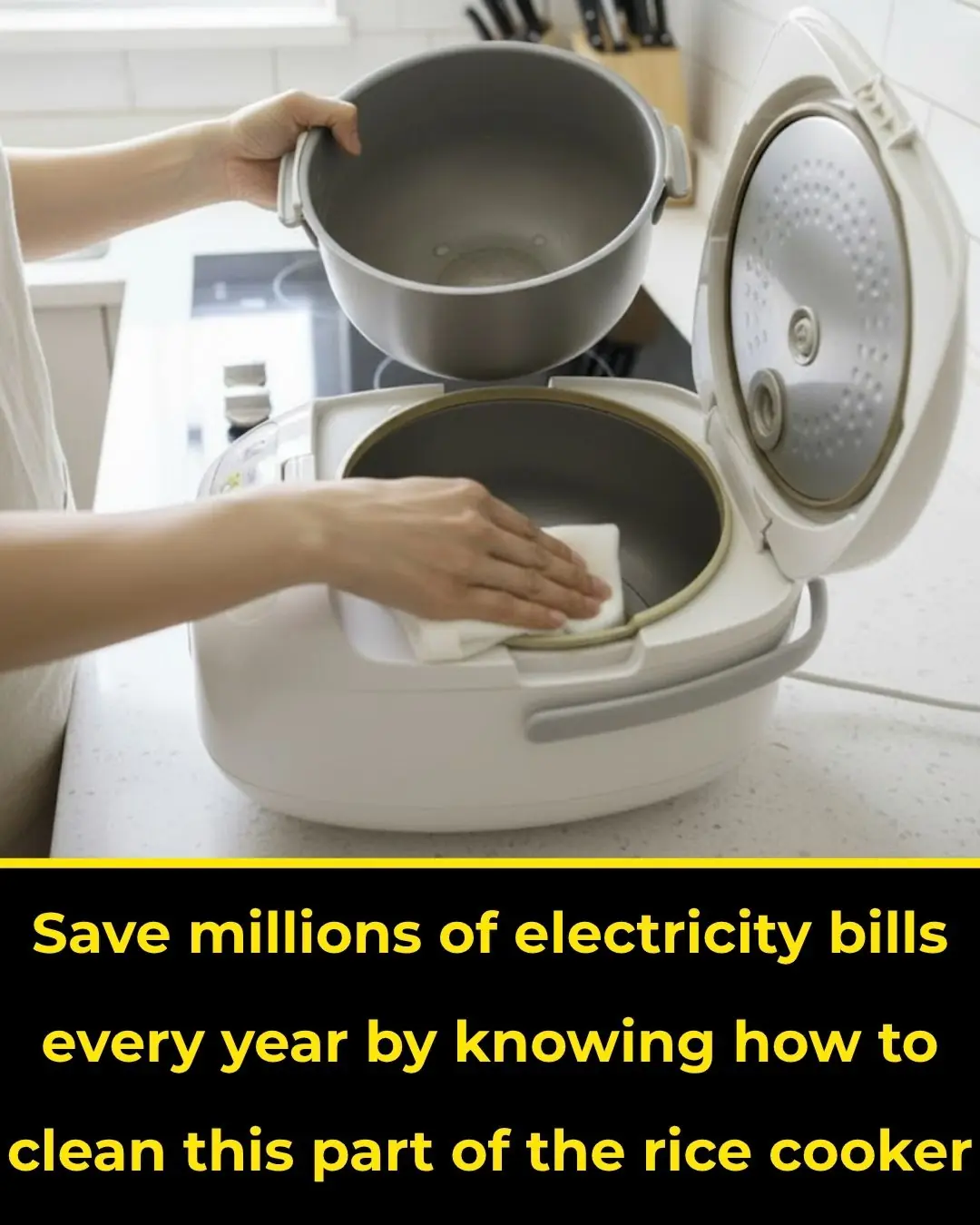
Save Millions of Dong in Electricity Bills Each Year by Cleaning This Hidden Part of Your Rice Cooker
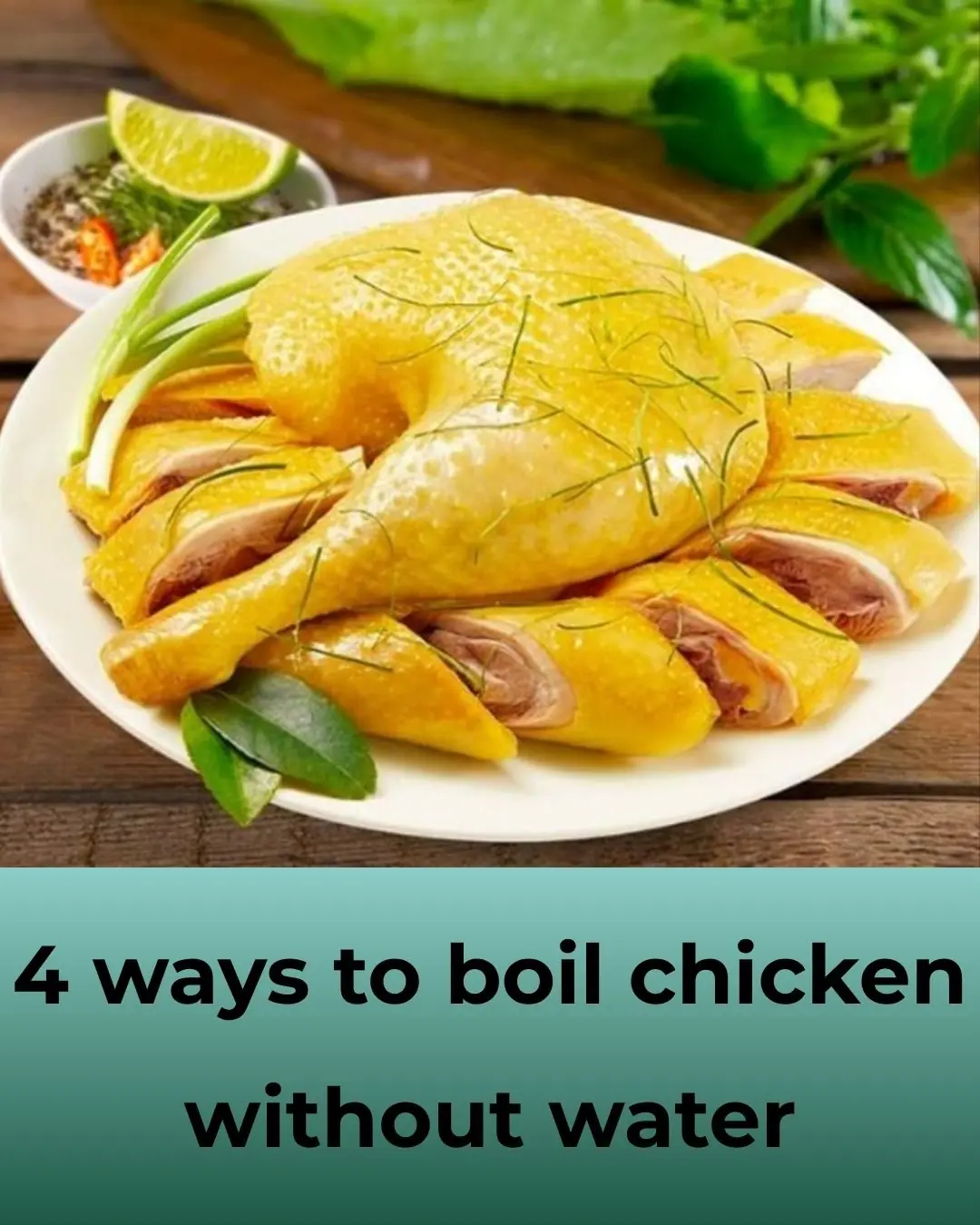
4 Ways to Cook Chicken Without Using Water

Today I Learned How to Use the Detergent Drawer on a Washing Machine—No Wonder My Clothes Weren’t Getting Fully Clean

My nana taught me this hack to get rid of grill gunk in 4 mins with 0 work. Here’s how it works

Most do this wrong: 10 things you're over-washing

Pillow filling turns yellow with tiny mold spots that soap can't remove: Soak it in this and even heavy dirt will come out spotless
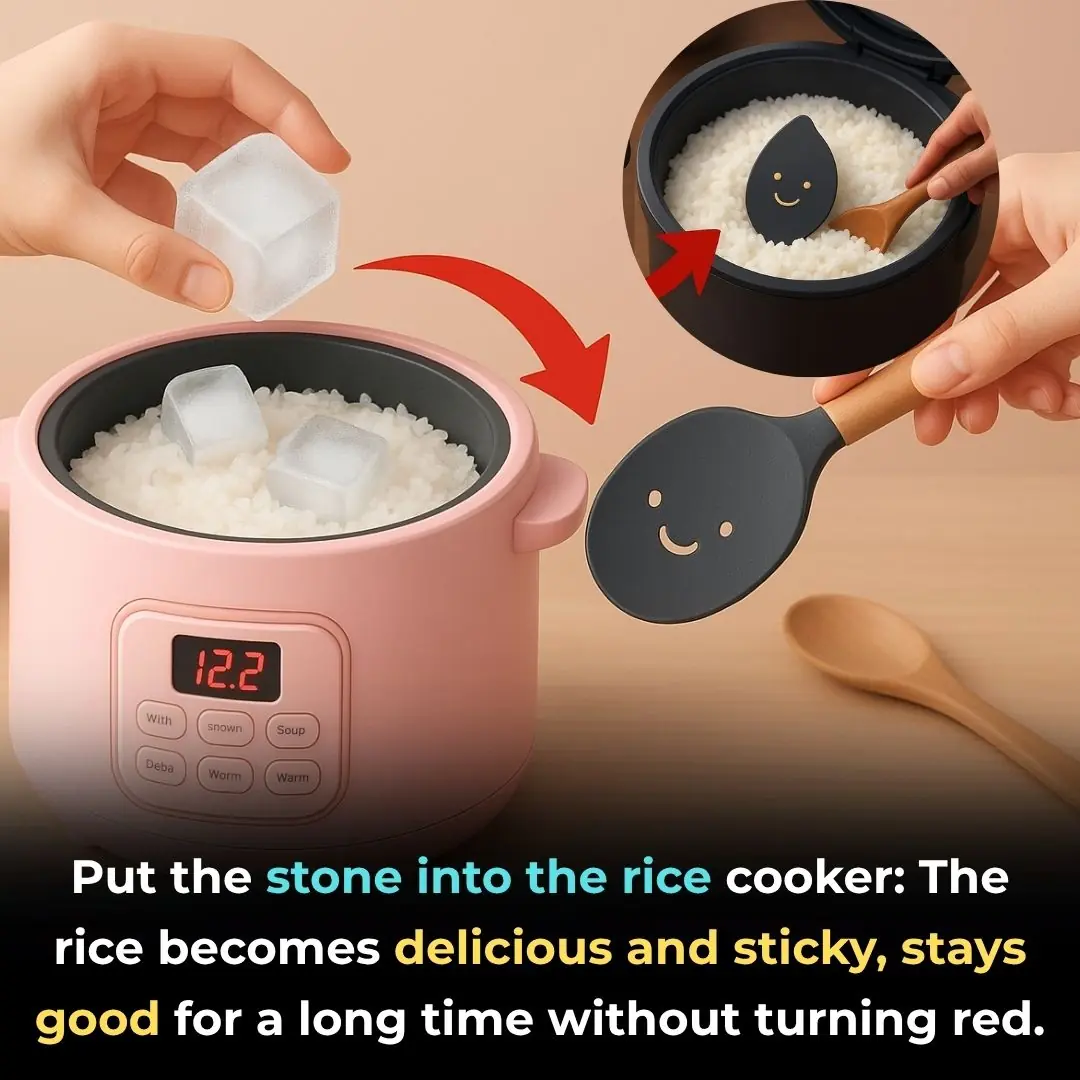
Put the stone into the rice cooker: The rice becomes delicious and sticky, stays good for a long time without turning red.

Natural substances in honey when consumed in the morning help detoxify the body and are effective for weight loss.
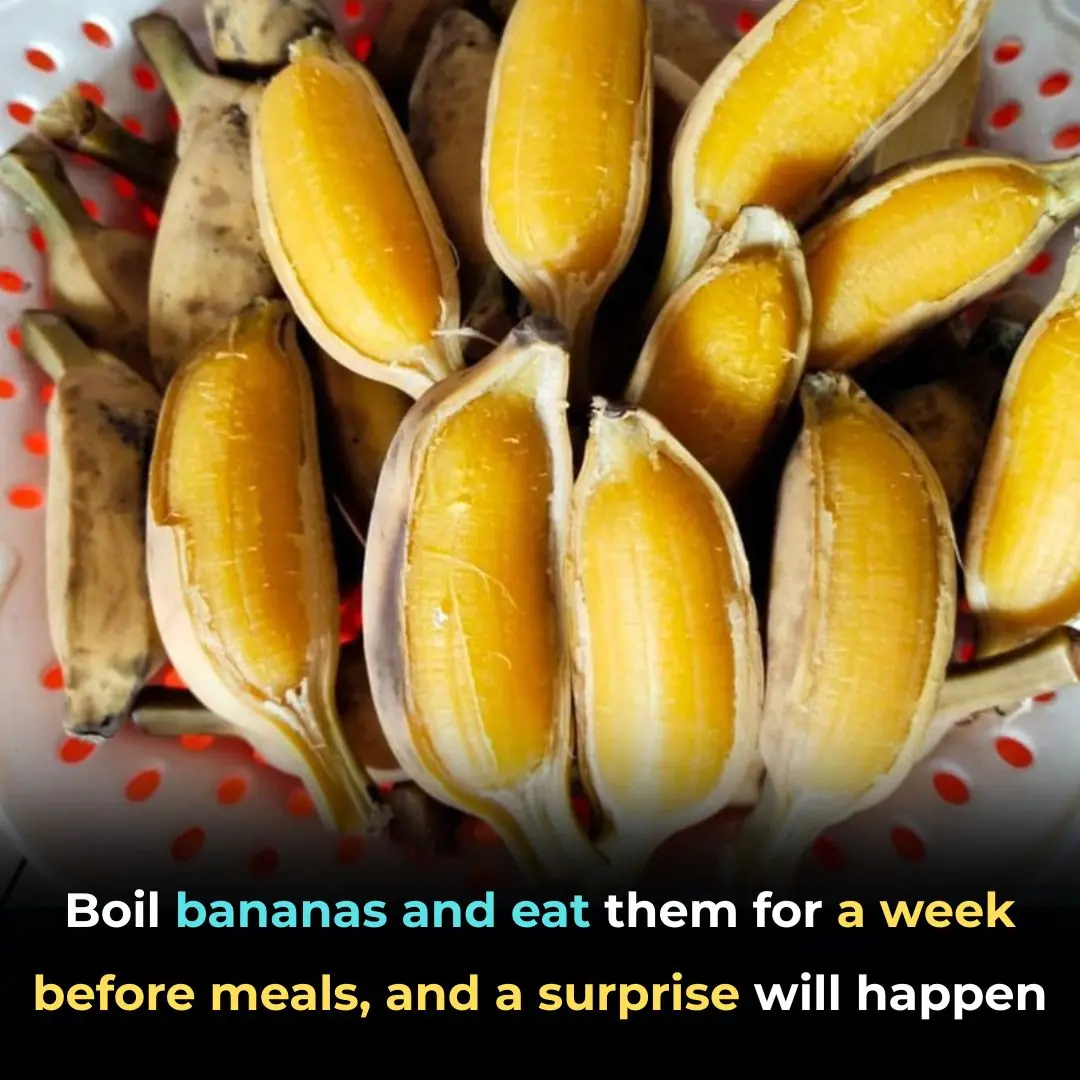
Boil bananas for a week and eat them before meals, and something surprising will happen.
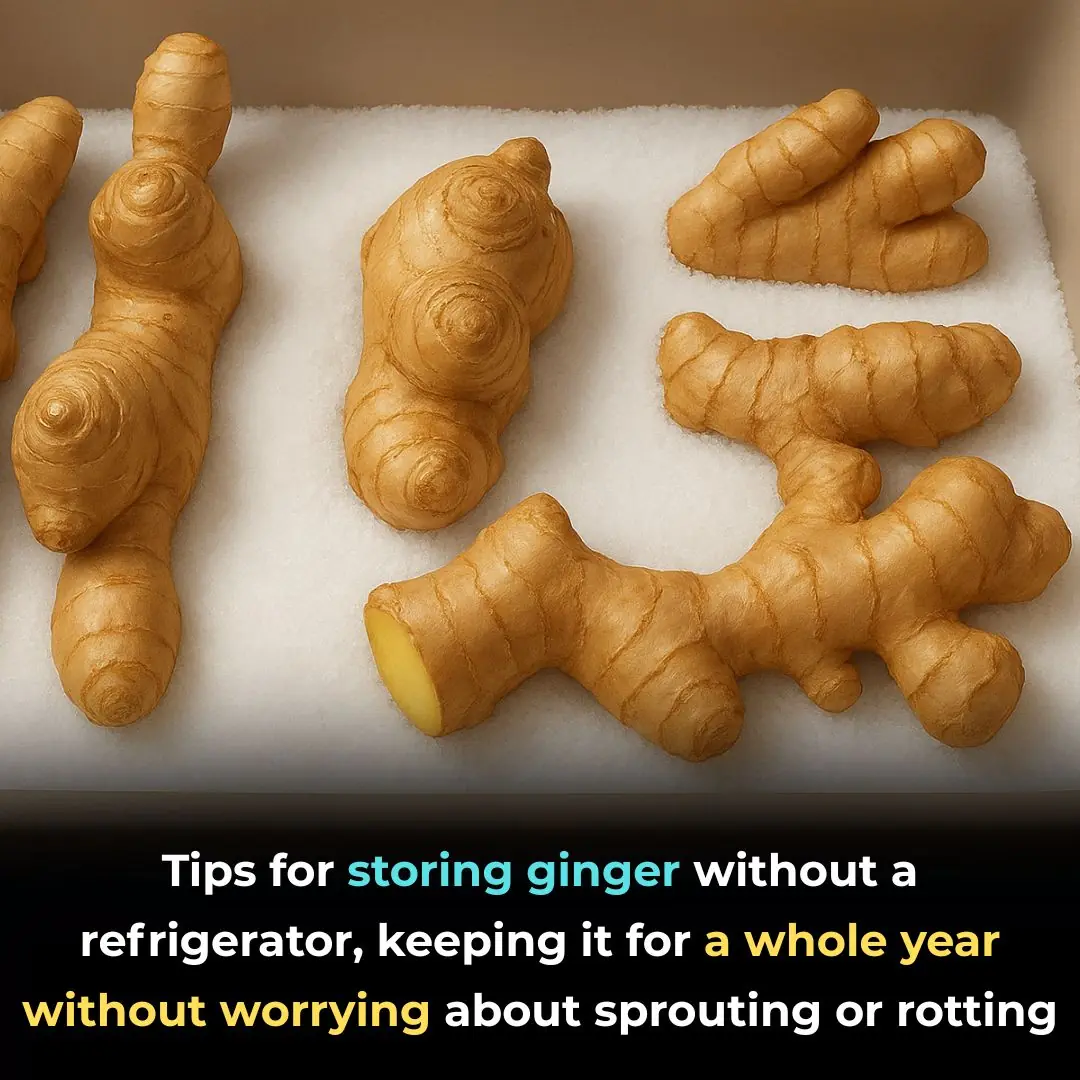
Tips for storing ginger without a refrigerator, keeping it for a whole year without worrying about sprouting or rotting
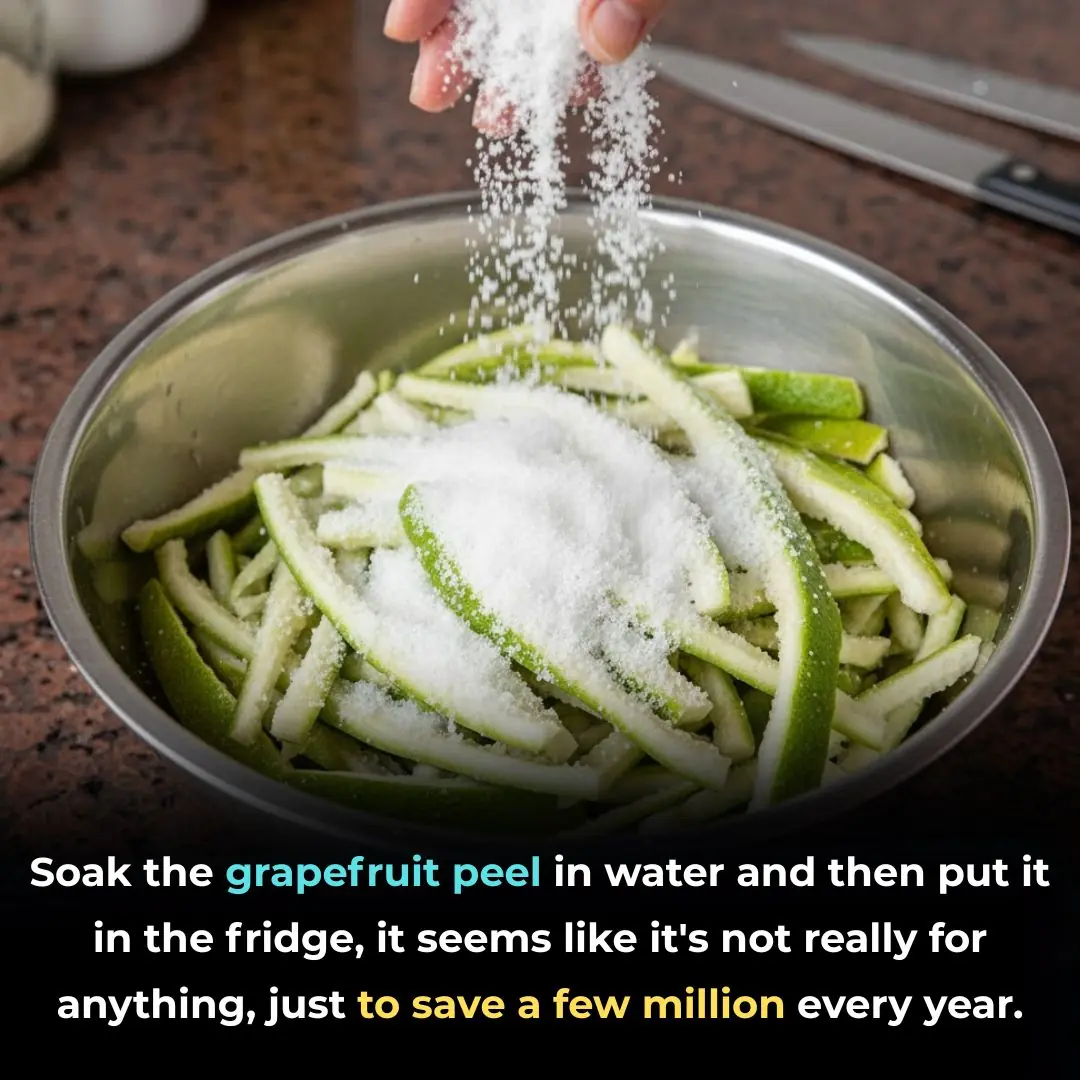
Soak grapefruit peels in water and then place them in the fridge, seems like it's not for anything but to save money every year
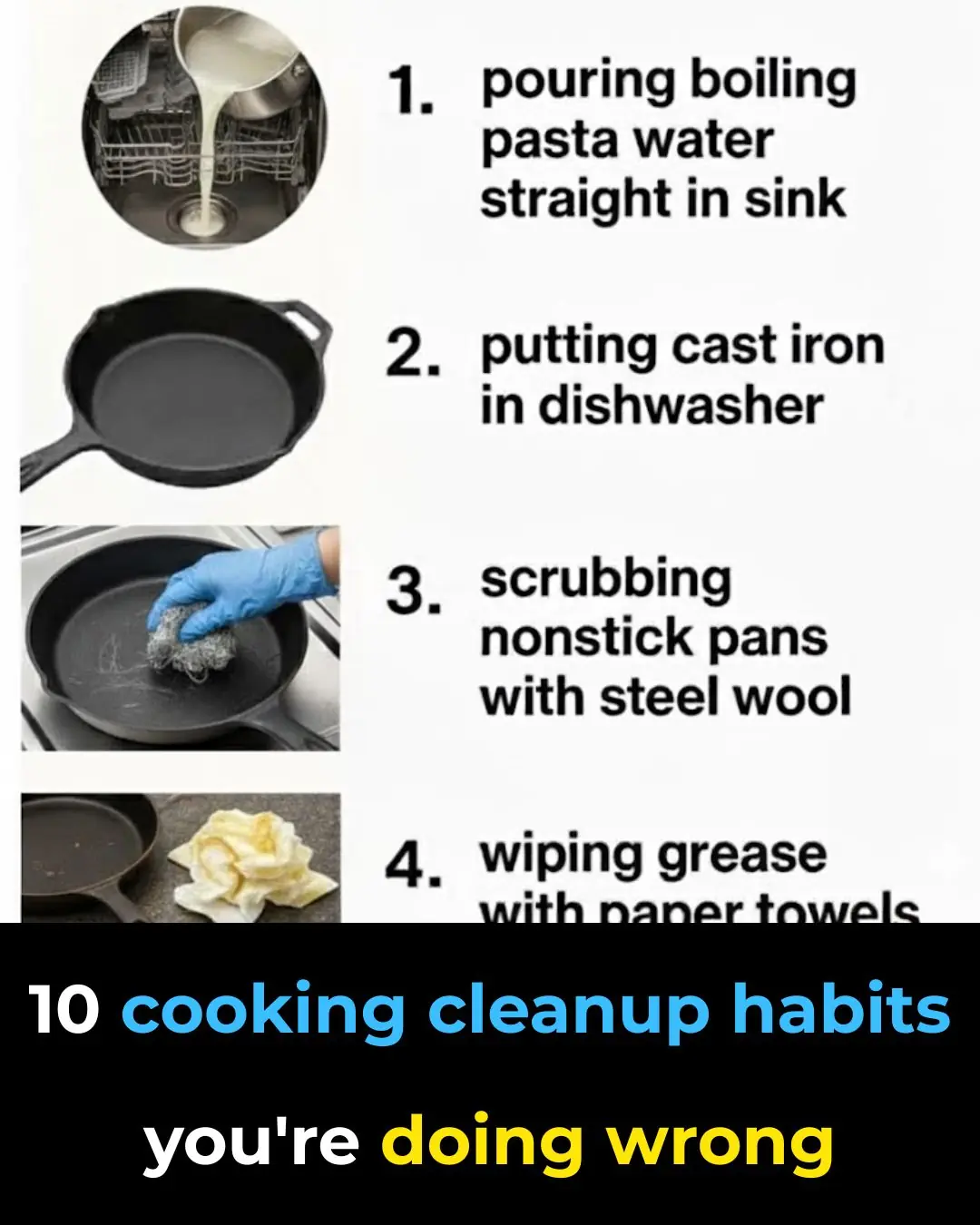
10 cooking cleanup habits you’re doing wrong
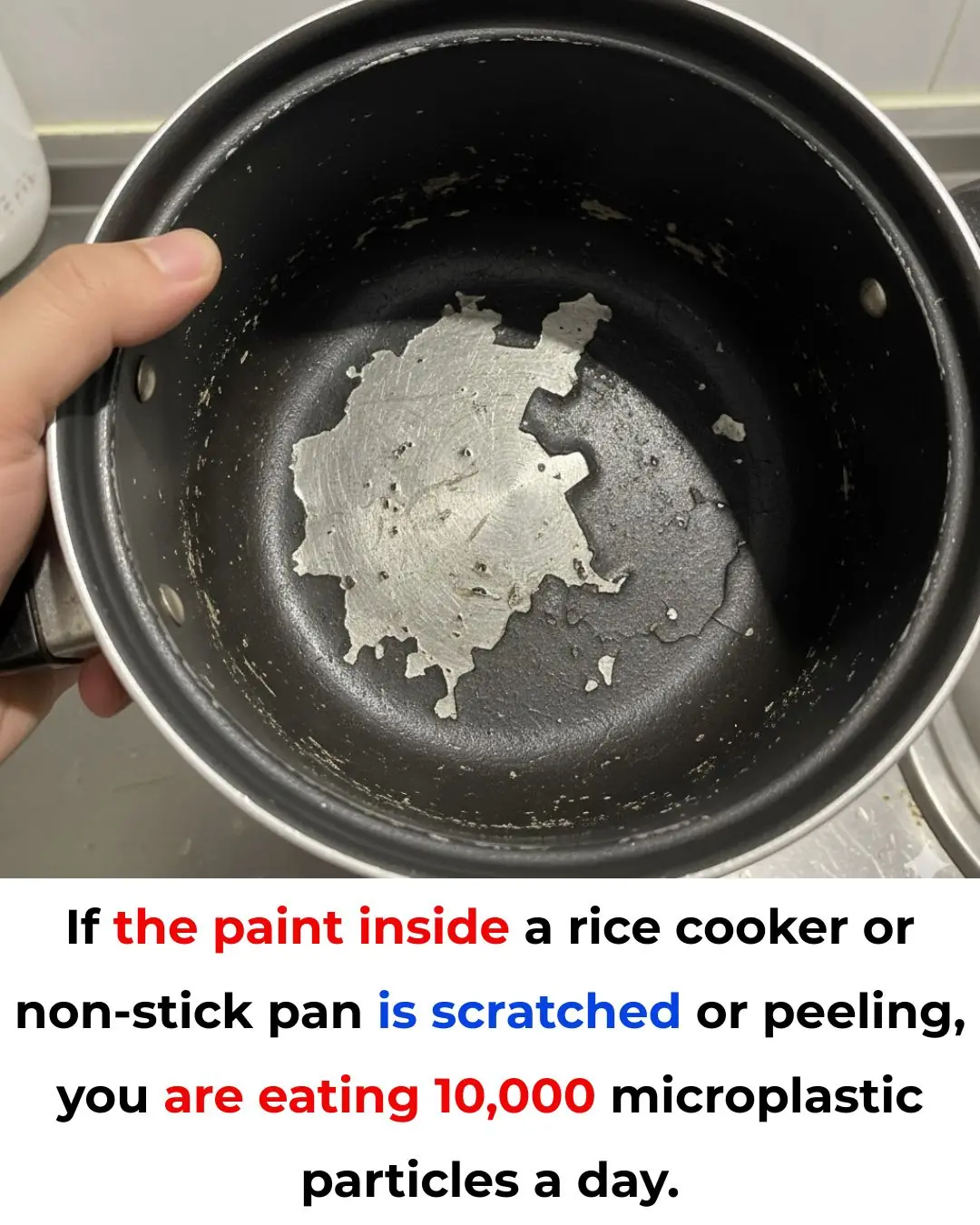
If the Non-Stick Coating on Your Pan or Rice Cooker Is Scratched, You’re Eating 10,000 Microplastic Particles a Day

Pouring Beer Into Table Salt? It Solves So Many Household Problems — I Wish I’d Known This Trick Sooner!
News Post

Rock Star’s Family Devastated As Common Symptom Leads To ER Visit And Aggressive Cancer Diagnosis

Tammy Slaton Shocks Fans With Stunning Weight Loss Photos—Inside Her Transformation

Doctors Feared Baby Had a Mouth Tumor—But the Real Cause Left Everyone Stunned

31-Year-Old Father Warns Others After Subtle Symptoms Lead to Colon Cancer Diagnosis

35-Year-Old Man Dubbed the “Modern Dorian Gray” Reveals His Unusual Secrets for Staying Youthful

7-Eleven Manager Allegedly Suffocates Employee During Shift—Victim Dies Days Later

Take This Before Bed — and Wake Up Transformed
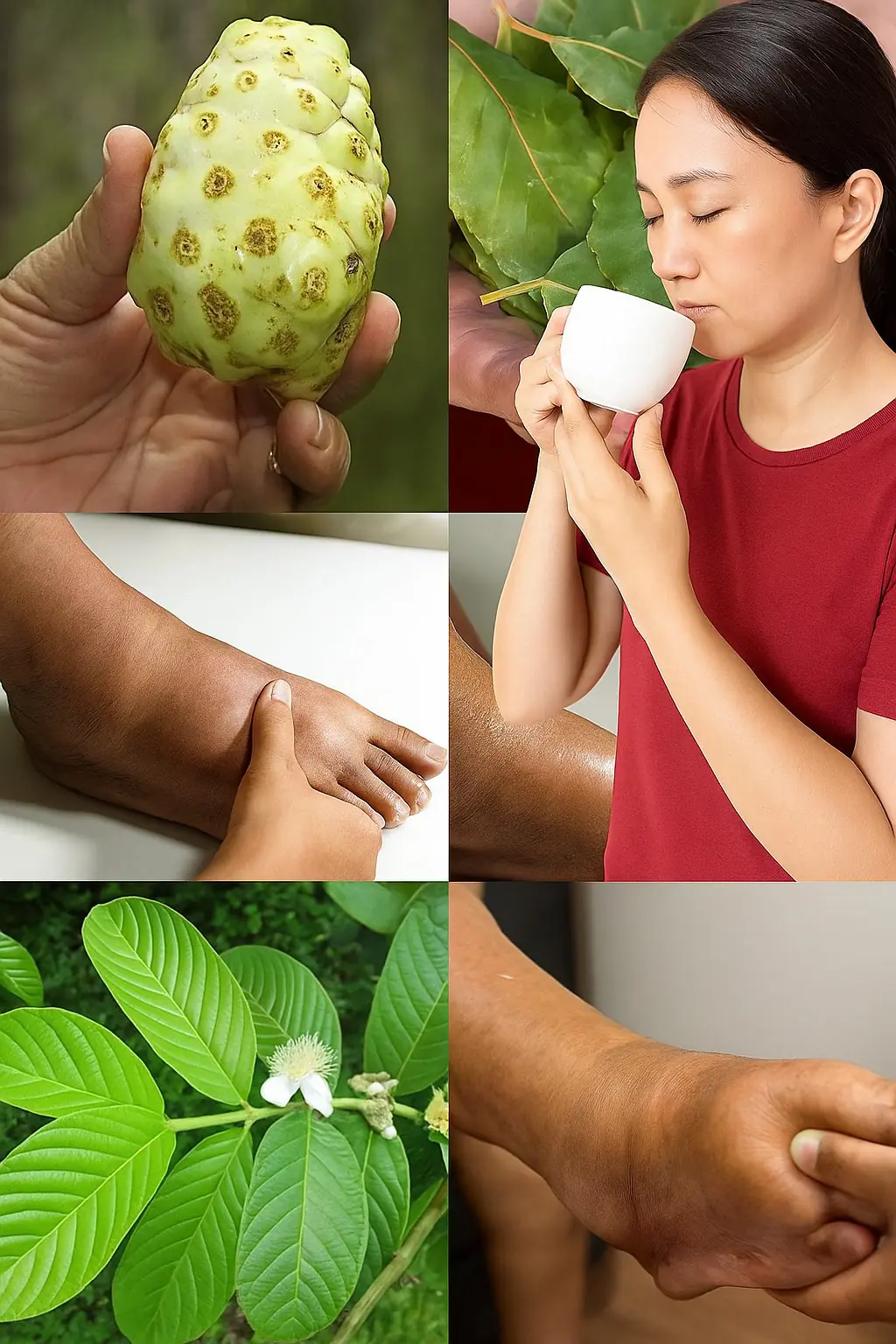
The Ultimate Healing Tonic: A Powerful Natural Drink for Swollen Feet, Diabetes & Poor Circulation

Stop This Dangerous Habit Before Your Phone Explodes!

Women Who Age Quickly & Have Shorter Lifespans Often Do These 4 Things at Night — How Many Are You Guilty Of?

Eating Fish “for Ultimate Strength” — 30-Year-Old Woman Diagnosed with Premature Ovarian Failure, Body Full of Mercury

42-Year-Old Man Dies of Stroke Despite No Smoking or Alcohol — Doctor Warns: “How Dare You Eat This Every Day!”

“Doctor warns: 3 beauty habits you might think are harmless — but that could speed up cancer development!”
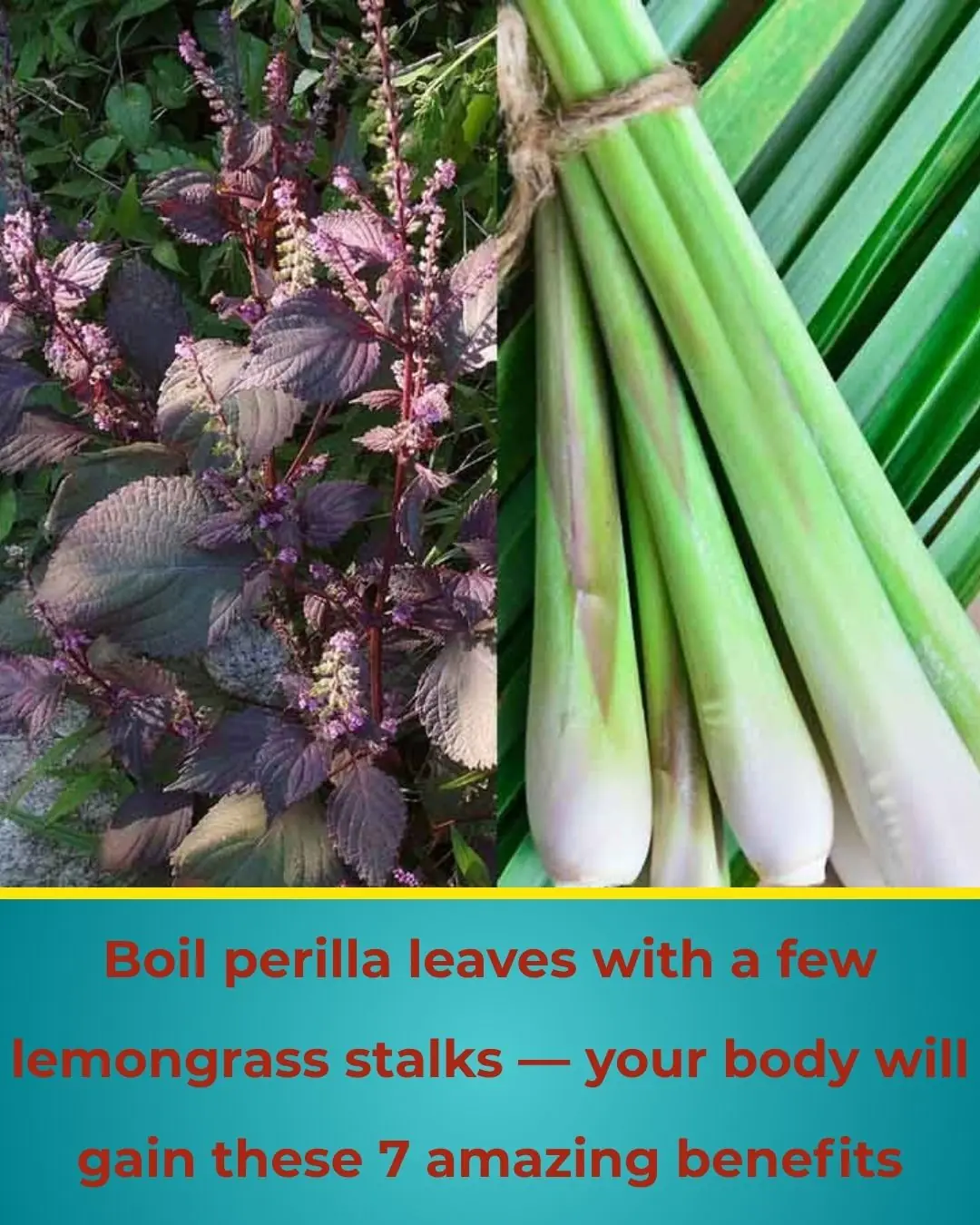
Boil Perilla Leaves with a Few Stalks of Lemongrass — Your Body Gets These 7 Excellent Benefits

Everyone Fears Diabetes — But Diabetes “Fears” These 5 Foods the Most

Objects That May Be Harming Your Health Without You Noticing
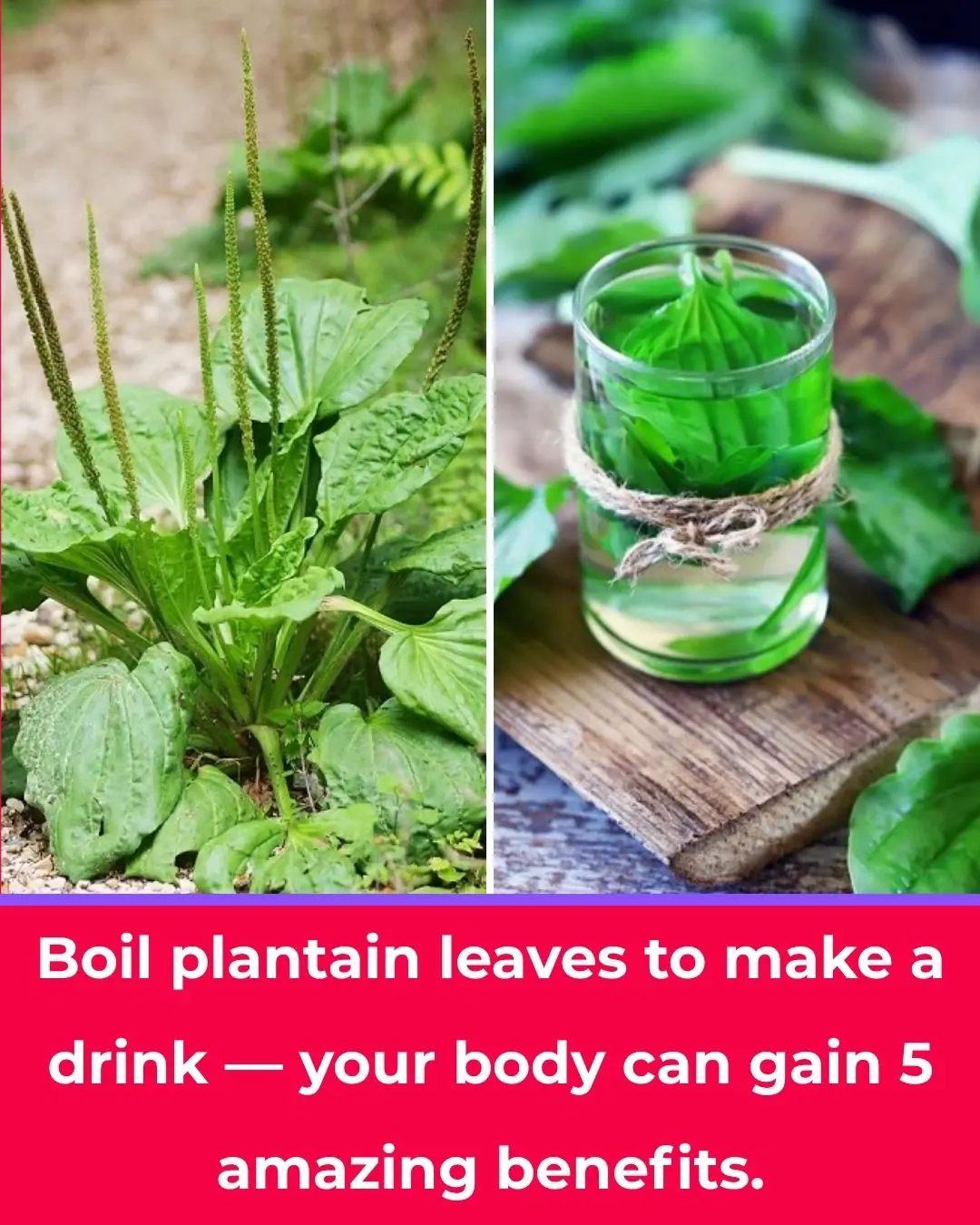
Drinking Plantain Leaf Tea: 5 Powerful Health Benefits for Your Body
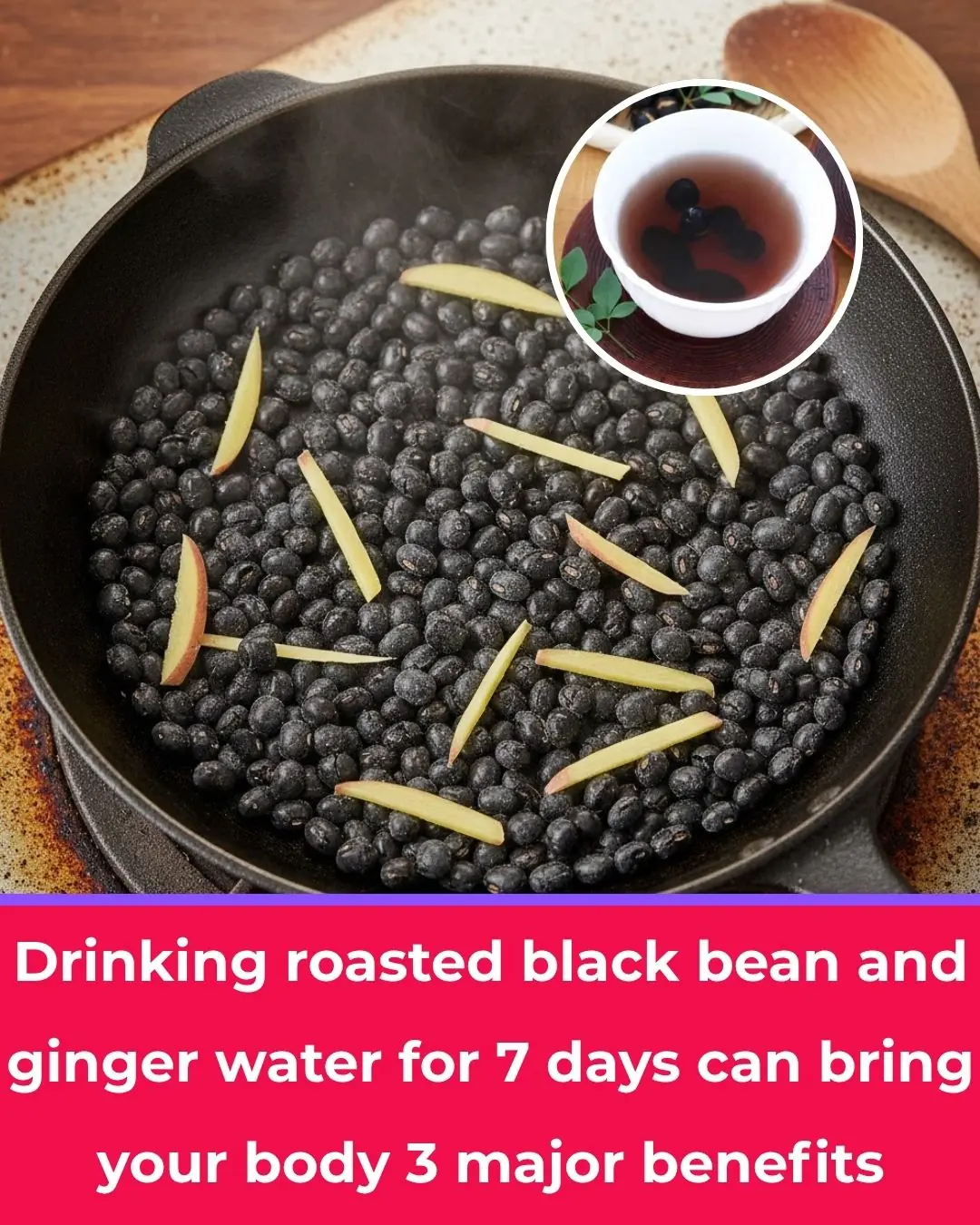
Drink Roasted Black Bean and Ginger Tea for 7 Days — Your Body Will Thank You with 3 Amazing Benefits
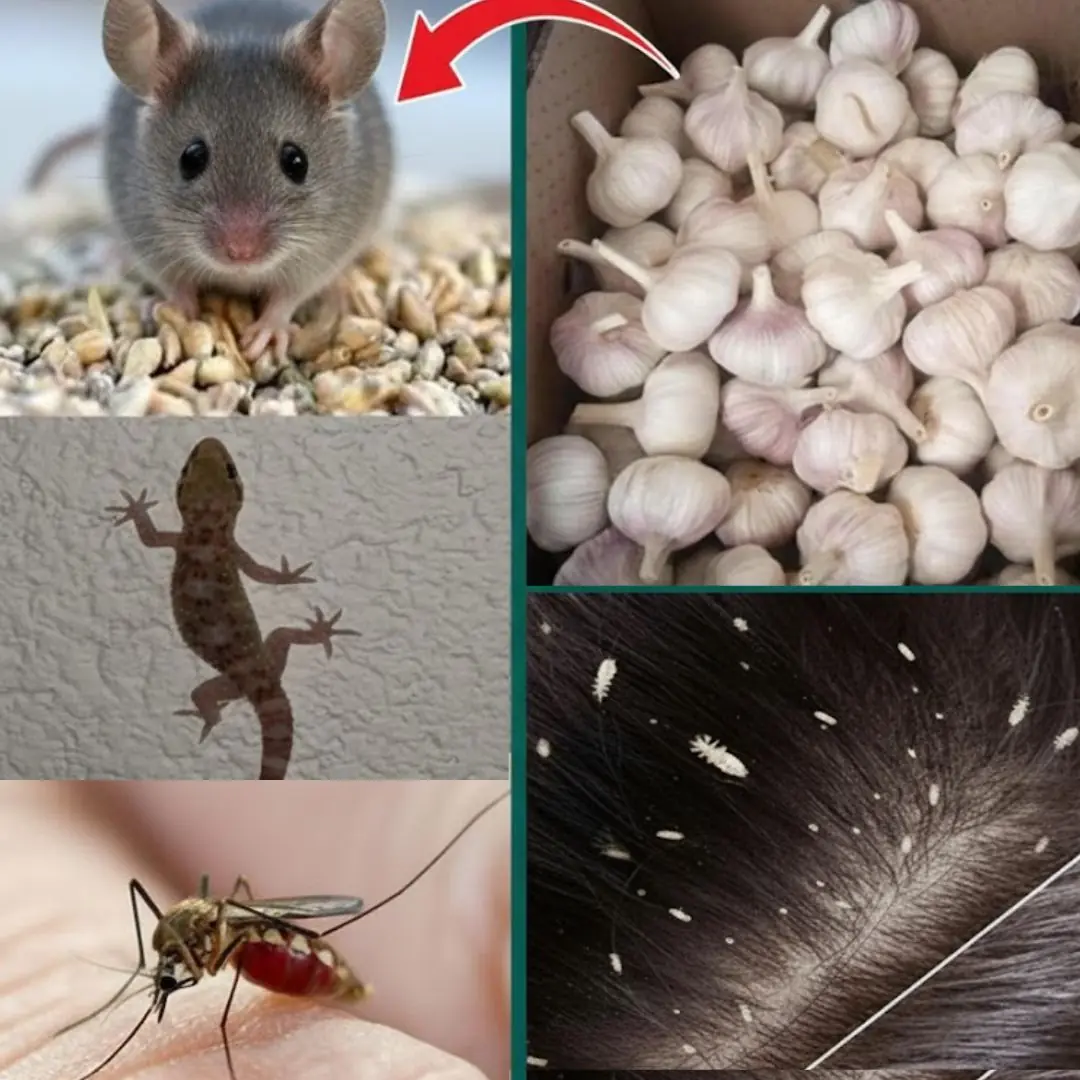
Garlic: The Natural Weapon Against Pests You Probably Forgot About
